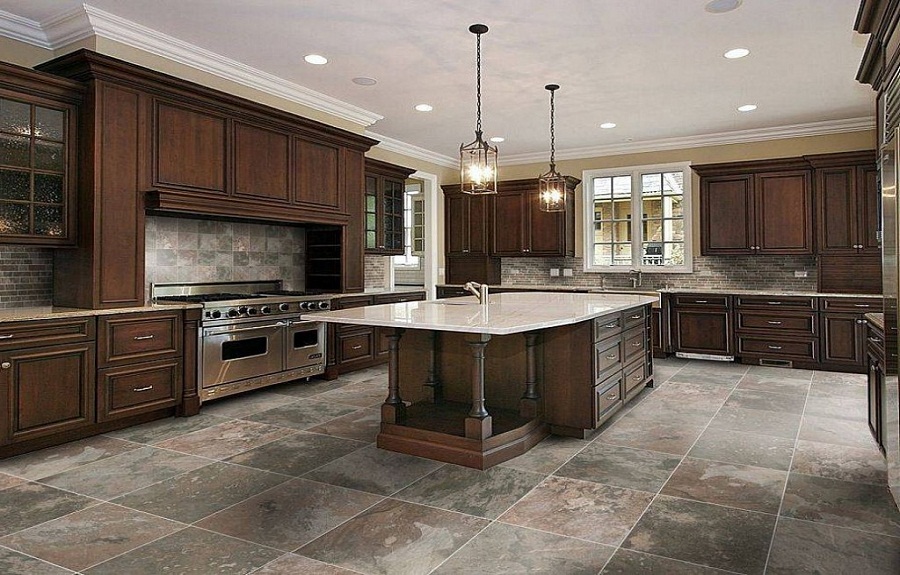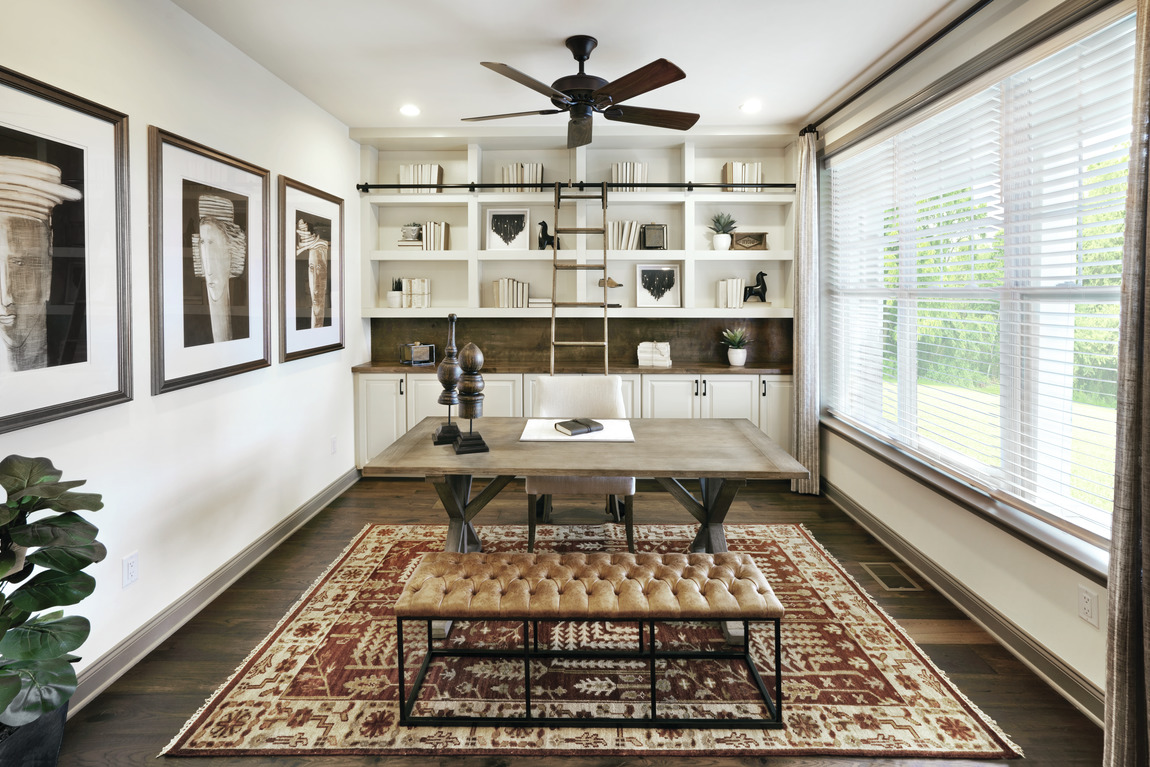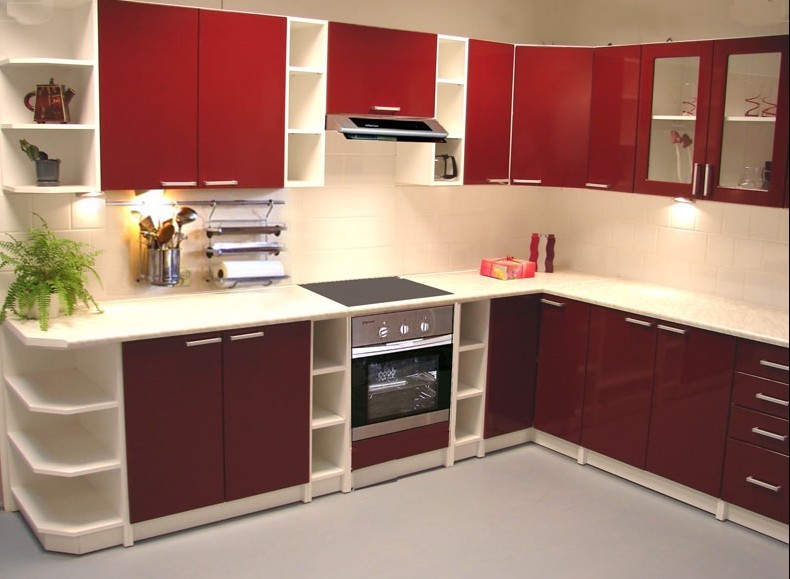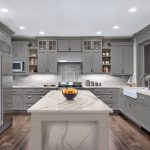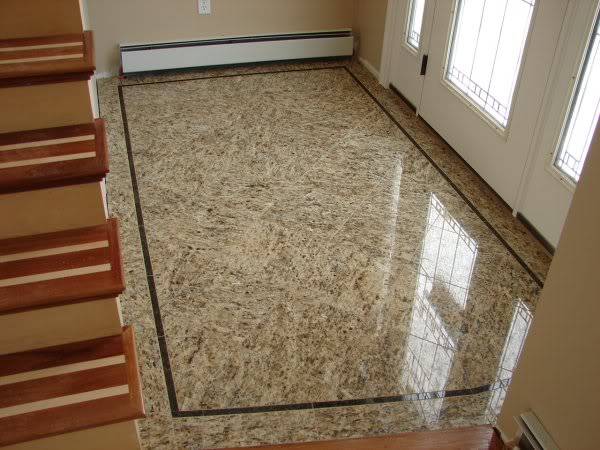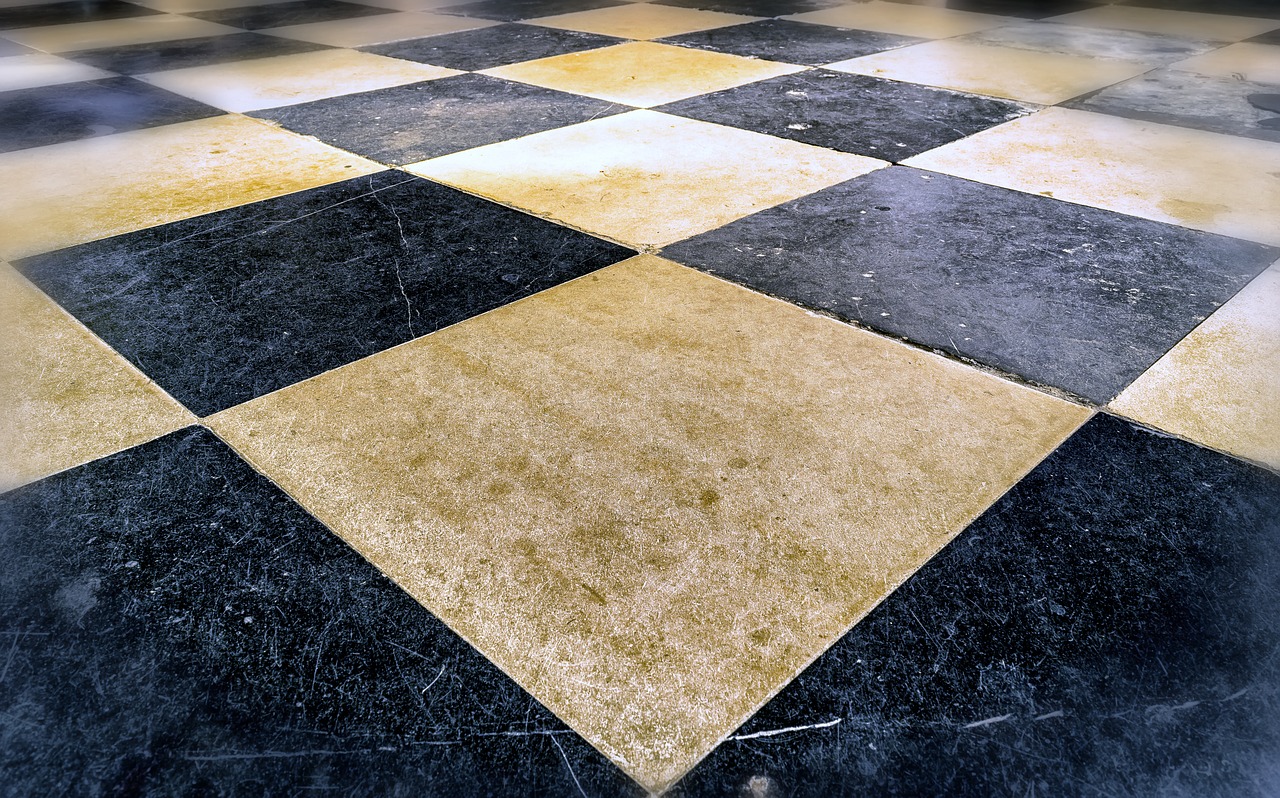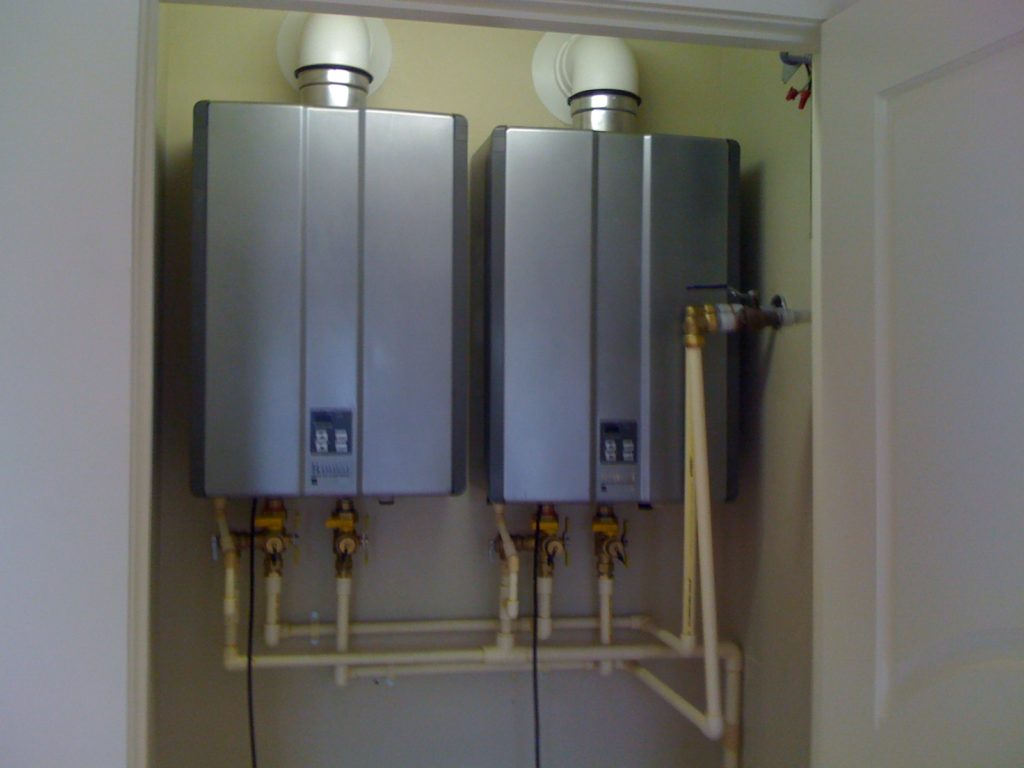When designing a modern kitchen, the cooker hood is often overlooked — yet it plays a crucial role in maintaining a clean, odor-free, and healthy cooking environment. With the growing popularity of the angled cooker hood, many homeowners are now questioning whether it’s truly better than the conventional, flat-style hood. While both serve the same essential purpose — extracting steam, smoke, and grease from the air — they differ in design, performance, and user experience. Let’s explore how the angled cooker hood compares to traditional models and whether it’s the right choice for your kitchen.
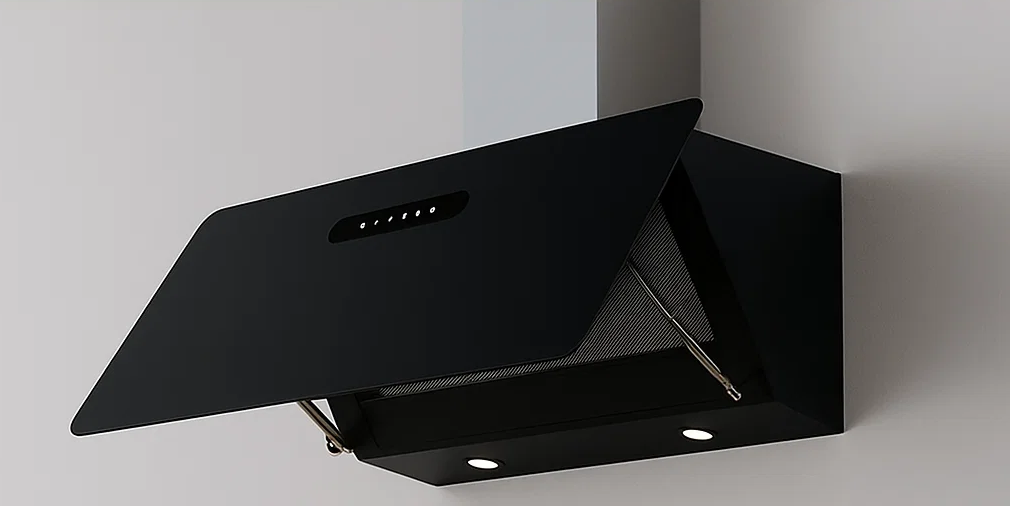
Content
Understanding the Angled Cooker Hood
An angled cooker hood is designed with a slanted front panel, positioned at an angle rather than horizontally above the hob. This unique shape creates more headroom, making it especially comfortable for taller individuals who often find themselves bending or bumping their heads on conventional hoods. Apart from ergonomics, this modern design also contributes to a sleek, contemporary kitchen look. Brands like Ciarra have helped popularize this design by blending high performance with elegant aesthetics suitable for various kitchen styles.
These hoods use powerful motors and efficient filters to capture and remove airborne particles. Many models also include LED lighting, touch controls, and multiple speed settings to improve usability and comfort during cooking.
The Design Difference
The most visible distinction between an angled cooker hood and a conventional hood lies in its design orientation. Traditional hoods are typically mounted horizontally, creating a canopy directly above the stove. While this setup effectively traps rising fumes, it can feel intrusive and limit space, particularly in compact kitchens.
In contrast, the angled cooker hood slopes back toward the wall. This design provides an open, airy feeling, freeing up space in front of the stove. It also enhances safety — no more bumping your head while stirring a pot or checking a simmering dish. Furthermore, the angled structure allows smoke and steam to be drawn in efficiently through a combination of upward and diagonal airflow, ensuring a cleaner cooking area.
Performance and Efficiency
A common misconception is that the sleek design of an angled cooker hood compromises its performance. In reality, many models, such as those from Ciarra, are engineered with powerful extraction rates that rival or even exceed traditional hoods. Thanks to advanced airflow systems and improved filter technology, these hoods can effectively capture grease and odors, keeping your kitchen fresh.
Additionally, the angled design naturally directs steam and fumes toward the intake zone, improving overall extraction efficiency. This means less condensation buildup on nearby surfaces and reduced lingering odors after cooking.
Conventional hoods, however, still hold an advantage in terms of coverage area. Their flat canopy structure can capture fumes more effectively over large cooktops, making them suitable for heavy-duty cooking or larger kitchens. For those who often fry, grill, or cook with strong spices, a high-capacity traditional hood may still be preferable.
Installation and Maintenance
Installation for an angled cooker hood is typically straightforward, though it may require specific height adjustments compared to conventional types. These hoods are designed to sit slightly higher above the cooking surface — usually between 50 to 60 cm for electric hobs and 65 to 75 cm for gas hobs — ensuring optimal extraction without obstructing the view.
Maintenance is another area where angled cooker hoods shine. Their smooth glass or stainless steel surfaces are easier to clean than the large undersides of flat hoods. The filters, whether aluminum or carbon, can usually be removed and washed with minimal effort. This ease of maintenance contributes to long-term hygiene and performance.
Aesthetic and Lifestyle Appeal
Beyond functionality, many homeowners choose an angled cooker hood for its visual appeal. Its minimalist lines and glossy surfaces complement modern kitchen designs beautifully. It can serve as a statement piece, especially when combined with integrated lighting and digital touch controls. Ciarra and similar manufacturers offer models in various finishes, including black glass, white, and stainless steel, to match diverse interior styles.
In contrast, conventional hoods often prioritize function over form, with bulkier builds that may not blend seamlessly into contemporary spaces.
Final Thoughts
So, are angled cooker hoods better than conventional ones? The answer depends on your kitchen layout, cooking habits, and personal preferences. If you value modern aesthetics, comfort, and space efficiency, an angled cooker hood — such as those offered by Ciarra — could be the perfect addition to your home. It delivers powerful extraction performance, easy maintenance, and a stylish touch that elevates the entire kitchen.
However, if you frequently cook large meals or require maximum coverage for heavy-duty tasks, a conventional hood might still serve you best. Ultimately, both designs have their strengths — the key is finding the one that complements your lifestyle and enhances your everyday cooking experience.

I am Jeffrey Blain and my love is writing about home improvement. I write mostly about home ideas, but also share some tips and tricks that can make your life easier when it comes to getting things done in the house.

